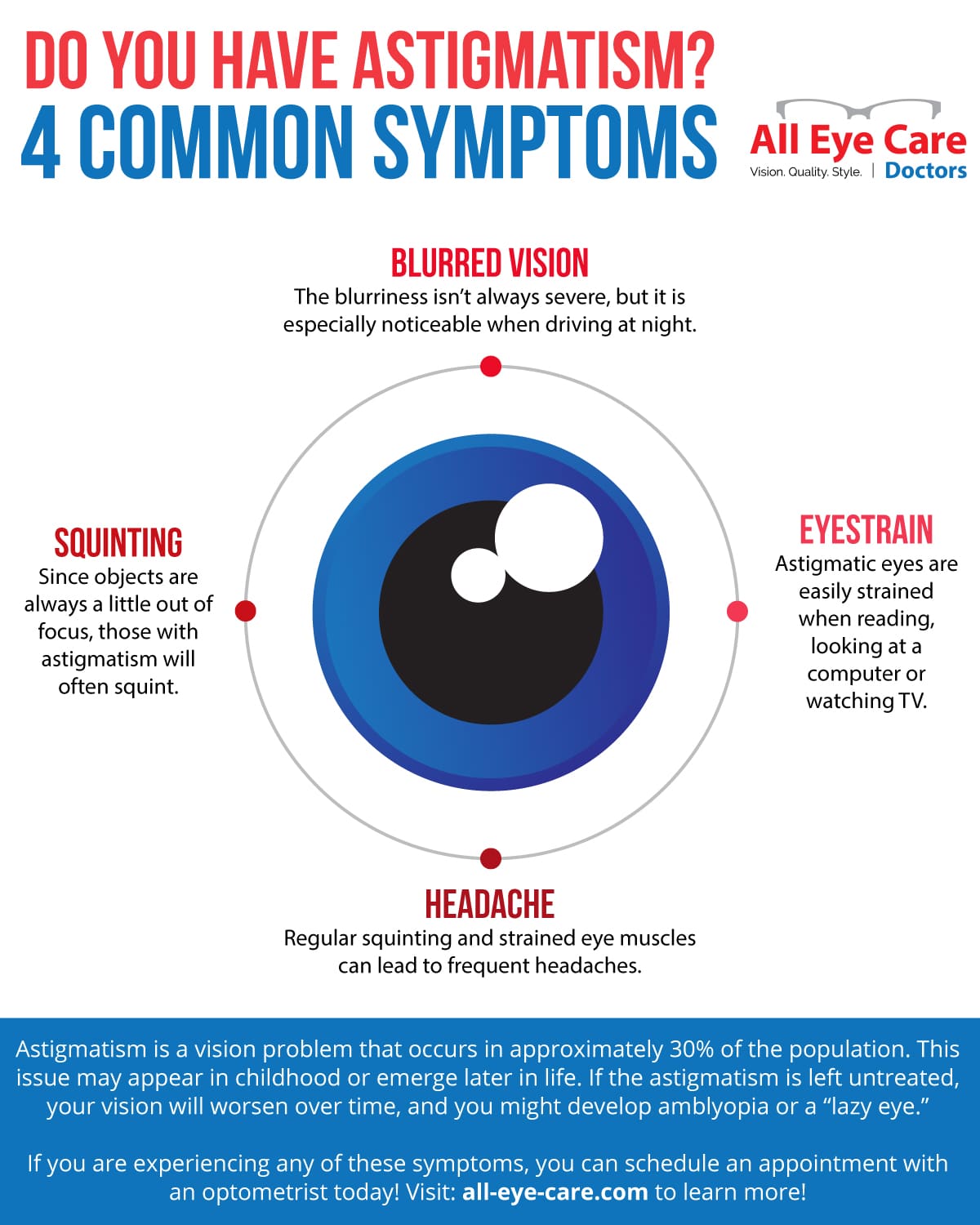Extreme Adjustments In Your Youngster'S Actions Might Be A Sign Of Vision Problems; Uncover The Signs That Ask For An Eye Test To Guarantee Their Appropriate Advancement

Content By-Morse Baird
As a moms and dad, you play an important role in your kid's health, specifically when it involves their vision. You might notice certain behaviors that might indicate a demand for an eye examination. Squinting, regular eye massaging, or grievances of frustrations can be greater than just minor aggravations. Recognizing these indicators is crucial for your child's development. So, what should you seek next? Let's explore https://www.webmd.com/eye-health/candidate-refractive-laser-eye-surgery that might suggest a vision problem.
Common Symptoms of Vision Issues in Children
When you discover your child struggling with everyday tasks, maybe a sign of vision issues.
Seek signs and symptoms like squinting, rubbing their eyes often, or tilting their head to see far better. If https://www.google.com/maps/place/Pediatric+Eye+Specialists/data=!4m2!3m1!1s0x0:0x8bea6662a7fc5d0f?sa=X&ved=1t:2428&ictx=111 have actually problem reading or appear to shed their place frequently, that's another indicator.
You might likewise see them whining concerning headaches or experiencing eye strain after extended periods of reading or utilizing screens.
Additionally, if your child prevents tasks that require great vision, like sports or attracting, it's worth taking notice of.
Expect any uncommon habits, as these signs can point to underlying vision issues that require specialist assessment.
Early discovery can make a large difference in their aesthetic growth.
Age-Specific Vision Milestones to Monitor
Every moms and dad must watch on their youngster's vision development as they expand.
At around 6 months, your infant needs to begin tracking relocating objects. By age 1, they must have the ability to focus on and identify acquainted faces.
Between 2 and 3 years, search for enhancements in hand-eye coordination, like stacking blocks or throwing a ball.
By age 4, children should be able to determine shapes and shades, and they might begin to recognize letters.
If your child struggles with these turning points, it's important to take note. Monitoring their progression aids you capture potential problems early, guaranteeing they get the vision treatment they need for a bright future.
Remain positive about their vision wellness!
When to Arrange an Eye Exam for Your Kid
Monitoring your youngster's vision development is important, but knowing when to set up an eye test is just as essential. The American Academy of Ophthalmology recommends your child have their very first eye exam at six months old.
After that, routine follow-ups at age three and again prior to they begin institution. If your kid shows indicators of vision concerns-- like scrunching up your eyes, difficulty reading, or migraines-- don't wait for the next arranged visit.
Additionally, if there's a family history of eye issues, proactive tests are necessary. Keep an eye on any kind of modifications in their vision or behavior, and count on your impulses.
Normal check-ups can assist catch prospective issues early, guaranteeing your child has the best chance for healthy eyesight.
Conclusion
To conclude, staying alert to your youngster's visual routines is vital for their eye health and wellness. If you discover any kind of signs like squinting, eye massaging, or trouble with reading, don't hesitate to schedule an eye test. Bear in mind, very early discovery can make a considerable distinction in their visual advancement. Depend on your instincts as a moms and dad, and guarantee your child gets the care they need to flourish. Regular exams can assist maintain their eyes healthy for several years to find.

